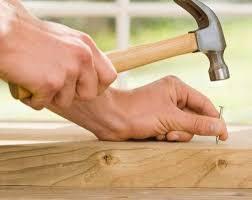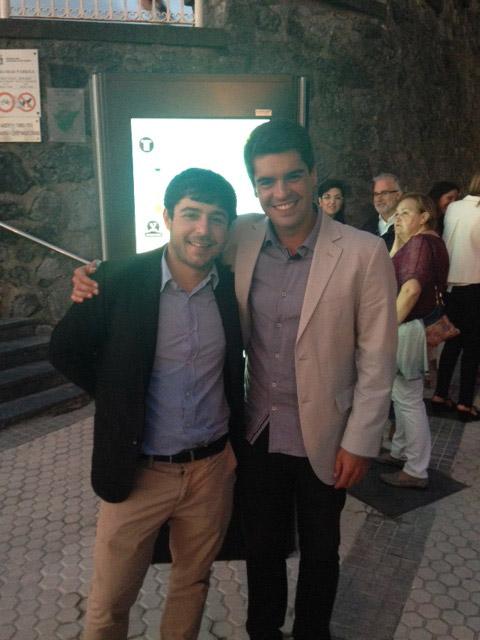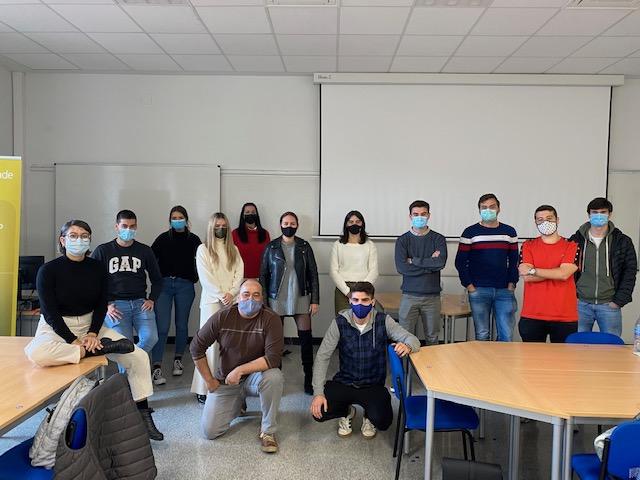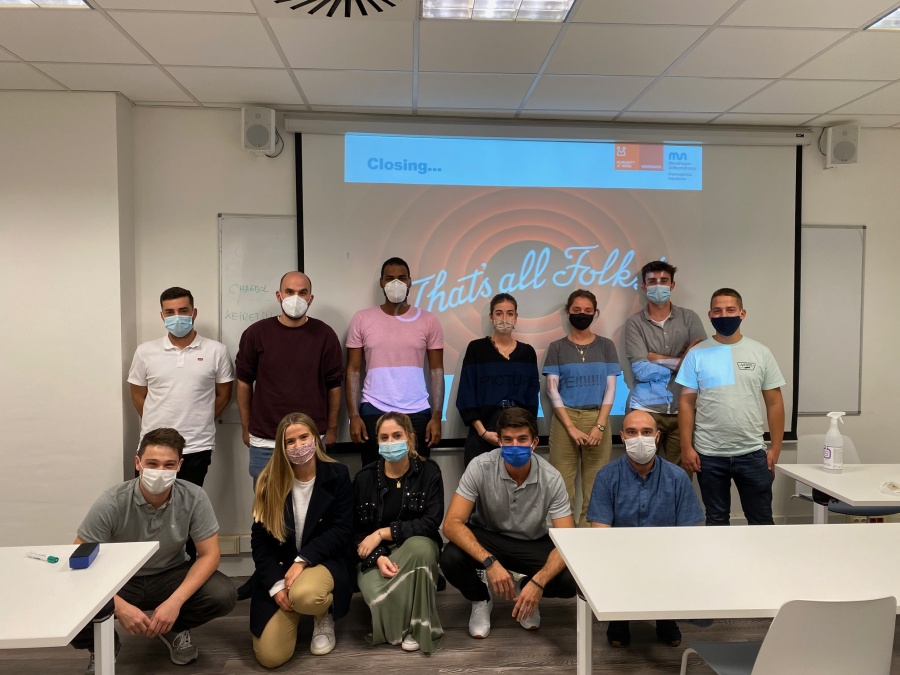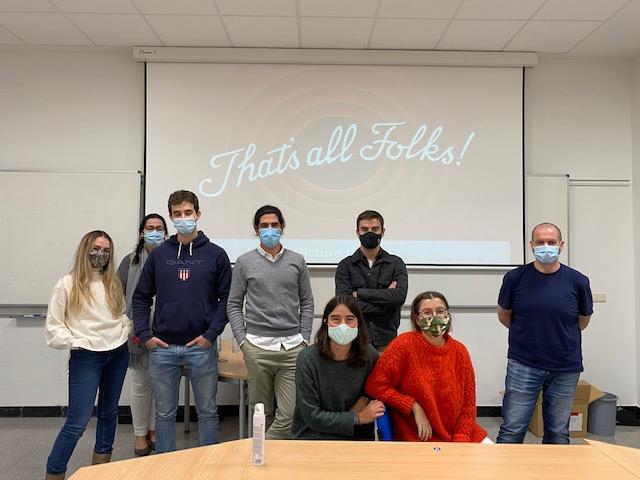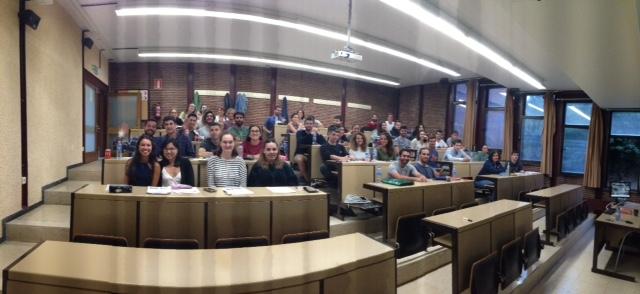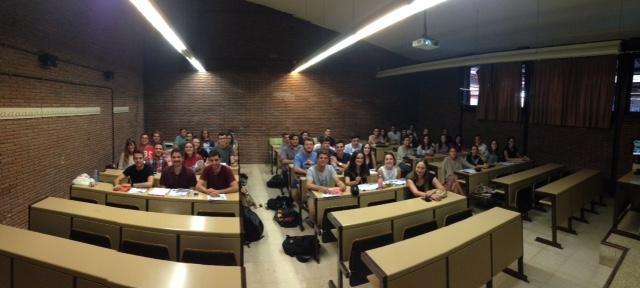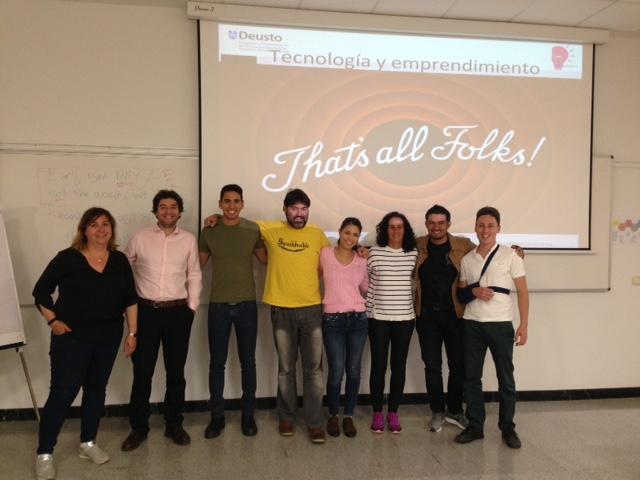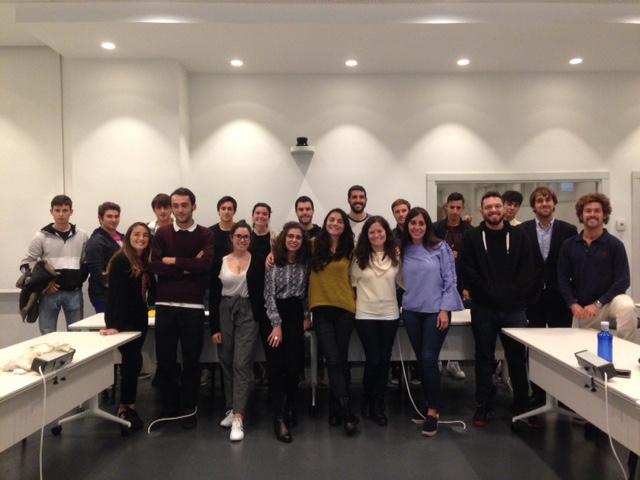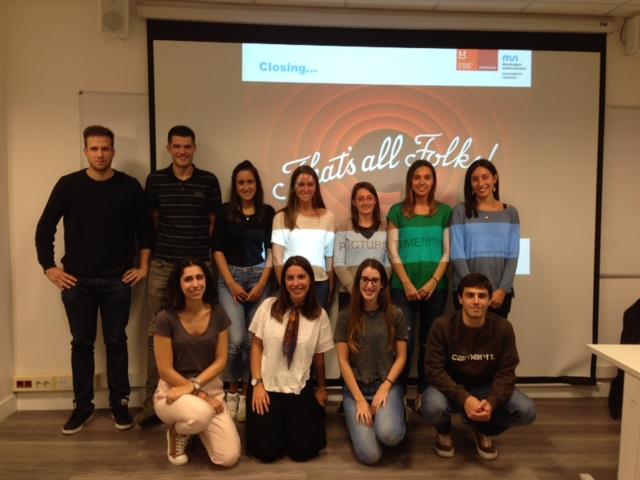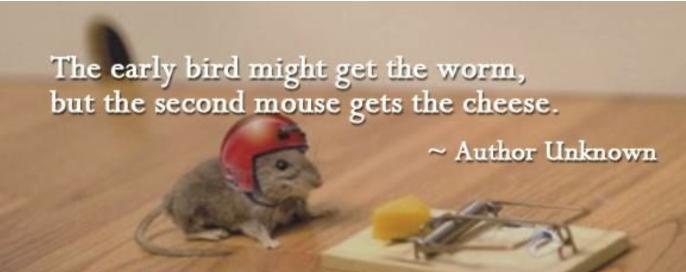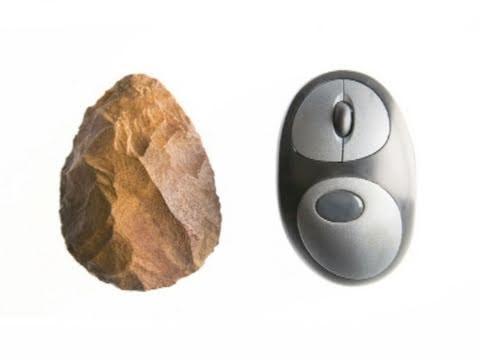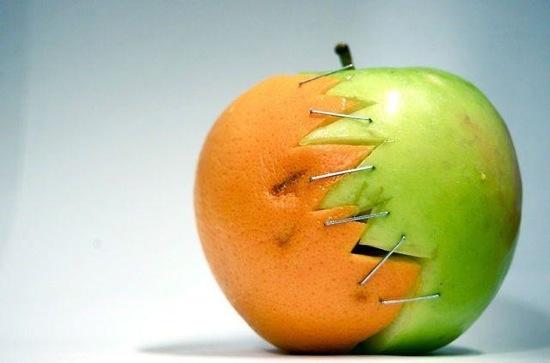Jun
2
2016
- By German Anitua Azkarate
- Rating:( 3304 votes )



Tools and techniques: A new dimension in the decision making process of any company
I return to this article from a presentation back in the year 2005, to prove this example of the hammer and the nail significant in that place and date.
The great majority of us, at some point in our lives we have been presented the situation to solve the problem that presents us with the fact of having to hang up a framed picture in the wall. Facing the need and willing to find a solution to this need, what is the first thing that comes to our minds? Generally, the fact leads us to wish a drill. However, and if access to a drill is impossible? In this case, our brain responds looking for an alternative solution. The solution refers to two very specific elements, on the one hand a hammer, and on the other hand, a nail; both as working tools to give solution to our current need; to hang a framed picture.
Once on our way, how many of us have not beaten any of our palm fingers on this task? The percentage of occurrence rounds the figure of between 80% and 90% of the cases. However, despite this, do we believe we get rid of the hammer as the ideal tool to respond to our need? In a widespread manner the answer is always, NO! In fact we continue using the hammer, as the appropriate tool, although now, we use it with "more carefully!". However what does it mean? "More carefully"? What we do now is a change in the way we hit the nail with the hammer, and even the way we hold the hammer itself. In this second attempt the taps on the top of the nail are more frequently. Each tap is with less encouragement, and the striking distance between the hammerhead and the head of the nail is at the closest safe distance; we even attempt to hold the hammer placing our hand closer to the hammerhead than to the base of the handle, as then to be the common practice.
What is that we learn from this practical experience in life, and that turns out to be transferable to the management field? Especially on those fields directly associated with the decision making processes where tools are designated to solve most problems management and business address?
Returning to the example of the hammer and the nail, in both, the first and the second attempt we have used the same tool; the hammer. However, what in the second attempt we have altered have not been the tools (hammer and cloves), but rather the technique of its use. We can affirm that it is by that turn that "the key to give answer to our problem without "hurting us" in the attempt, lies not so much in just knowing the tool, but rather in knowing how to discern between the wide variety of techniques available to its use, and that which happens to be the most effective technique to apply on the tool to bring us an efficient result to our particular problem.
Therefore I am a great believer in the fact that the improvement of the competitive position of company is not, as it is believed only in understanding and knowing how to make an standardised use of the more than the 70 existing decision making tools; but, first to know how to identify the suitable tool to the specific situation of the company; Second to know the different available techniques applicable on this tool; third, to select the most appropriate technique for each business case in particular; and last but not least, to be aware that there is not any standard method in which the tools are deployed in a sequential manner to give a response to a particular business challenge, but that any method is built unique for each company. This is due to the fact that the company and its environment, as a set of living agents, is in constant evolution. Therefore, having a flexible approach and having learnt to discern at all times on what tools add or delete, and consequently alter the techniques of use that accordingly apply to the specific situation of each company, is the correct approach.
Thus, understanding the triad (i) situation of company and the multi-layers of the environment it operates in, (ii) the tools/techniques in use, (iii) and having the formed criteria and with it the ability to articulate it in a unique sequence for each particular company, it is here where lies the virtue of any expert.

Rate this post:

